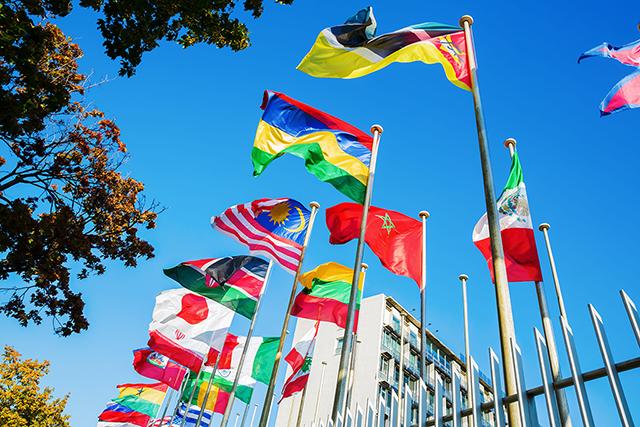Media and Information Literacy for intercultural dialogue and to counter information disorder and hate speech
|
Respect for community ownership of tangible and intangible cultural heritage and traditional cultural expressions. Appropriate permission from ethnic leaders/elders before using community symbols and artefacts especially those considered sacred. Cultural performances or presentations should be appropriate to the purpose, theme, and venue of events. Commercialization should be avoided. Incorrect messages about ethnic communities in social media should be immediately corrected. |
These are some of the draft guidelines prepared by participants at the online seminar “Media and Information Literacy (MIL) for Intercultural Communication: Countering Information Disorder and Hate Speech”. The course was organized by the Ministry of Ethnic Affairs (MoEA) with support from UNESCO Myanmar Office from 1 to 3 December 2020.
Thirty-six officials and staff from the Ministry attended the course as participants while 22 others attended as observers. The participants came from Ministry head office and also state and regional offices including Kayin, Rachine, Shan, Kachin, Chin, Kayah, Mon, Tanintharyi, Sagaing, Bago, Mandalay, Magwe, Ayeyarwaddy and Yangon.
Director-General Min Aye Ko said the spread of disinformation and hate speech in the public space often targeted ethnic communities. In his opening remarks, he added that disinformation and hate speech were endangering the unity and relations among Myanmar’s ethnic communities.
Myanmar is a culturally rich and diverse society with distinctions many in terms of religion or faith, ethnicity, language and dialects. The government recognizes 135 ethnic groups and 117 languages.
The online seminar focused on MIL and intercultural communication and dialogue, information disorder in culture and ethnicity, freedom of expression and the issue of hate speech, and developing culturally-sensitive MIL strategies and tools.
The course emphasized the need to frame intercultural communication programmes of the Ministry within MIL principles and practices. For example, multimedia materials should ensure historical accuracy, recognize authenticity of artistic elements (e.g. design, colour, music), and avoid misrepresentation, especially negative stereotyping of individuals and communities, said UNESCO Media Development Specialist Ramon Tuazon.
There is a need for cultural workers to develop MIL competencies, said UNESCO National Project Officer Naing Naing Aye, calling attention to the recently launched MIL Competency Framework for Myanmar developed with UNESCO support.
Among the issues raised by Ministry officials and staff were the commercialization and illegal trafficking of cultural properties. A recent issue of UNESCO Courier 2020-4 confirmed that the COVID-19 pandemic had further exacerbated online art trafficking of stolen objects. Mr. Tuazon called attention to the 1970 UNESCO Convention on the Means of Prohibiting and Preventing the Illicit Import, Export and Transfer of Ownership of Cultural Property.
The seminar helped Ministry staff to enhance their MIL competencies, especially in examining media representations or how individuals or groups are sometimes portrayed through stereotyping, said UNESCO Myanmar Head of Office Min Jeong Kim. She added that the event raised awareness about studying manifestations of pride and prejudice including “normalization” of discriminatory attitudes and behaviours, as well as recognizing the threat of commercialization.
UNESCO Myanmar staff also assured Ministry officials that they would work closely in finalizing the guidelines in developing culturally sensitive MIL strategies and tools including multimedia projects. “These guidelines will be game-changers not only for the MoEA but other relevant government and even NGOs,” Ms. Kim said. She added that UNESCO took special interest in this project as it traversed important sectors of the UN agency such as communication, culture, education and the social sciences.
|
About the Multi-Donor Programme for Freedom of Expression and Safety of Journalists (MDP) The MDP strengthens UNESCO’s work at the global, regional and national levels by channeling funds towards emerging priorities and the most pressing needs to achieve its mandate on freedom of expression. It enables UNESCO’s Communication and Information Sector to address complex issues through the design and implementation of holistic and long-term media development interventions. This mechanism enables UNESCO and its partners to achieve greater impact and sustainability, while reducing fragmentation of activities in the same field. To know more about how to protect journalists and freedom of expression, visit: https://en.unesco.org/themes/fostering-freedom-expression/mdp |
Main photo credit: ©Shutterstock/BeanRibbon






